Welcome to the future in which effective companies’ foundation is not just strategy but also customer retention. Maintaining your clients’ involvement and loyalty is absolutely vital in this always competitive market. But how can someone who is just casual customer become lifetime fan? This article reveals client retention secrets and provides doable strategies to have customers returning. As you turn the pages, get ready to see consumer connections differently. Furthermore keep in mind that using tools like Plerdy to evaluate and improve user experience on your website becomes simple, which helps to create amazing client retention. All set to learn the craft of keeping your customer hooked? Let’s start here.
Understanding Customer Retention
Retention of customers is the lifeblood of every successful company, however it is also sometimes disregarded. This part will help you understand this important idea, thereby enabling you to apply sensible plans for sustainable development and capture its actual essence.
Definition
Retention in business is the capacity of a corporation to prevent customers from turning to rivals. It’s about building enduring relationships rather than only about closing a deal. Retention plans center on value addition, client happiness, and ongoing interaction. It’s about keeping customers’ brand interest over time.
Importance
Why give retention of customers top priority? For it is profitable and reasonably priced. Five times more is spent acquiring a new customer than maintaining one. Regular customers promote brands and spend more. Reliable, trustworthy brand and happy consumers are shown by high retention rates. This goes beyond mere profit-making to include creating a devoted community around your good or service.
Basic Strategies
To increase customer retention:
- Customization: Match experiences to particular client tastes.
- Provide responsive, sympathetic customer service.
- Frequent gathering and action on client comments forms a feedback loop.
- Programs for loyalty reward customers for returning visits.
- Frequent updates help you to keep consumers informed and involved.
Any company hoping for long-term success depends on knowing and using customer retention techniques. It’s about building relationships, knowing customer demands, and always changing to fit those needs. Recall that a maintained customer is pillar of your brand’s expansion and reputation, not only a consistent income source.
Real-World Examples of Successful Customer Retention
In the corporate world, long-term success depends mostly on keeping customers. This section explores actual case studies showing how different businesses have brilliantly kept their customer base. Every narrative teaches smart customer interaction and brand commitment.
Example 1: Amazon Prime
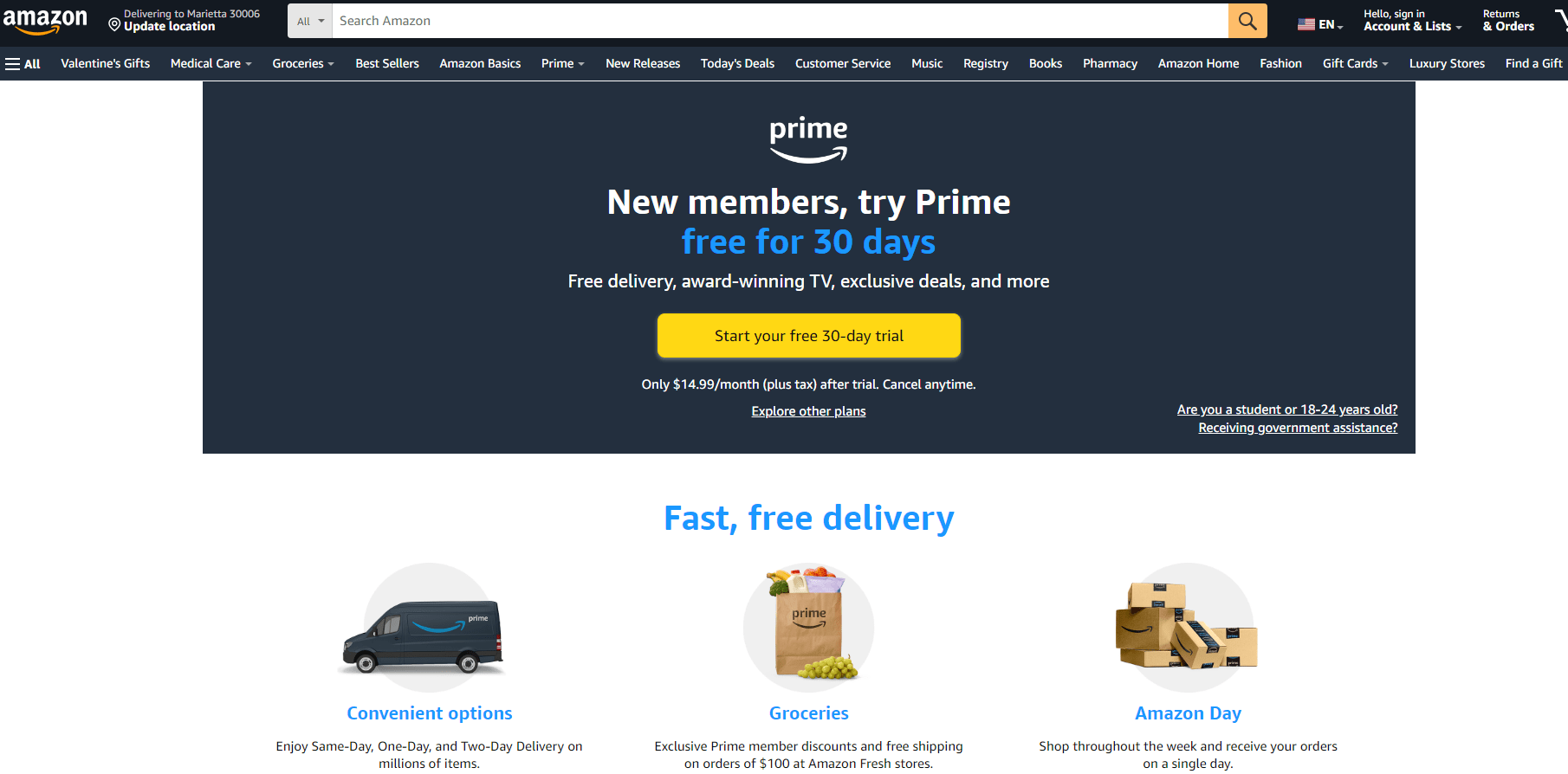
One textbook example of excellent client retention done well is Amazon Prime. Its unique quality is the multifarious approach to client value. Amazon Prime gives free shipping, special access to movies, TV series, ad-free music, and Kindle books for a set monthly cost.
Fundamental Strategies:
- Combining several services under one bundle has several advantages.
- Regular updates always introduce fresh ideas and tools.
- Providing Prime-only offers and discounts.
Combining offerings helps Amazon Prime members stay interested and lowers churn. It’s a great offer that’s difficult to turn down just from pure value for money and simplicity.
Example 2: Starbucks Rewards Program
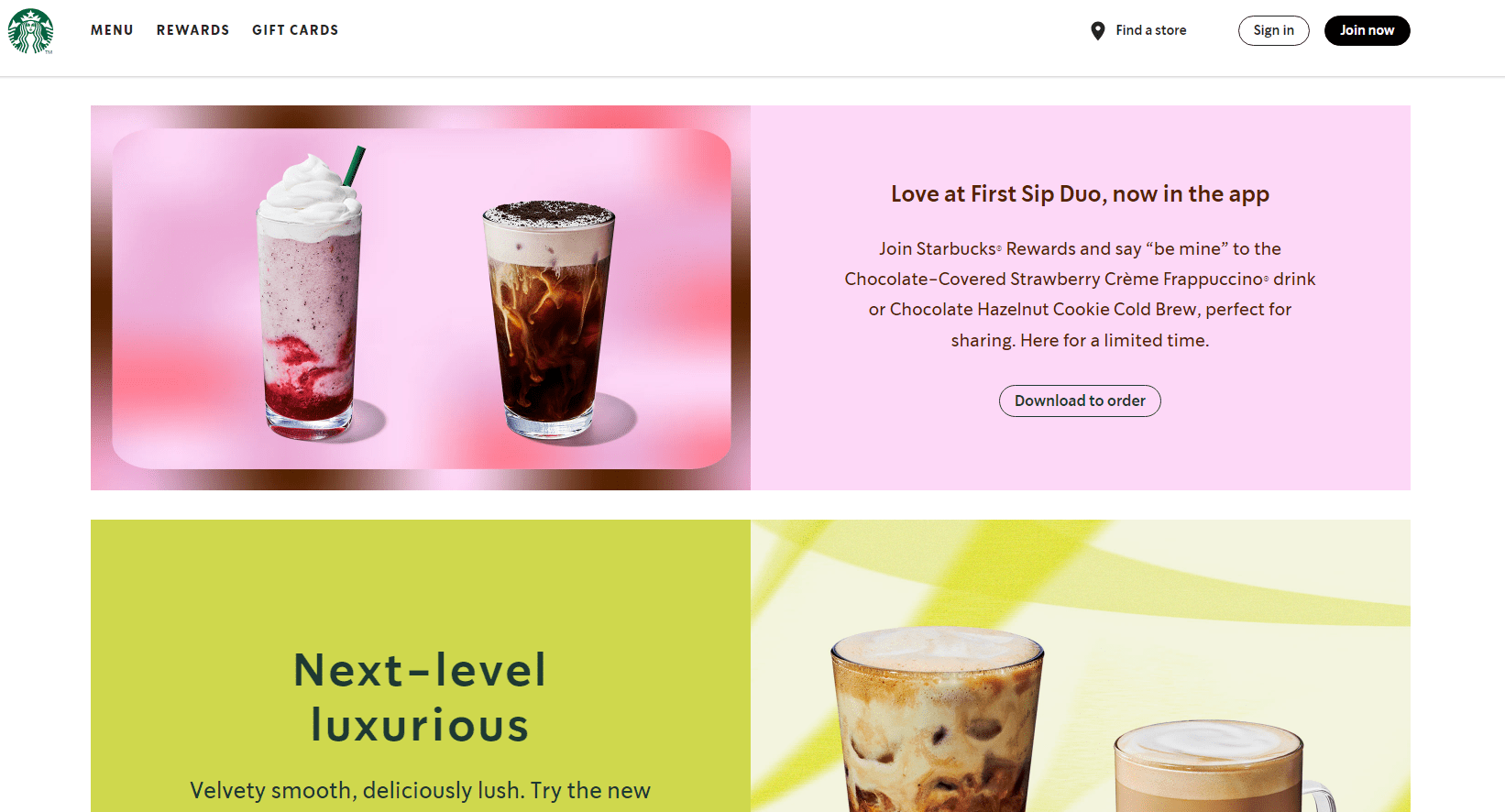
Starbucks’ strategy for keeping customers centers on its loyalty program. Using a point-based system, Starbucks Rewards encourages consumers to make regular purchases. With “Stars” from every transaction, free beverages, snacks, and more can be redeemed.
Main Strategies:
- Using a user-friendly software will help you to easily track points and redeemers.
- As customers ascend the loyalty ladder, tiered prizes are given.
- Customizing based on customer preferences and buying behavior gives results.
Through personalizing, this approach improves the customer experience in addition to motivating repeat business. The mobile app gives consumers even more convenience so they may interact with the brand effortlessly.
Example 3: Sephora’s Beauty Insider
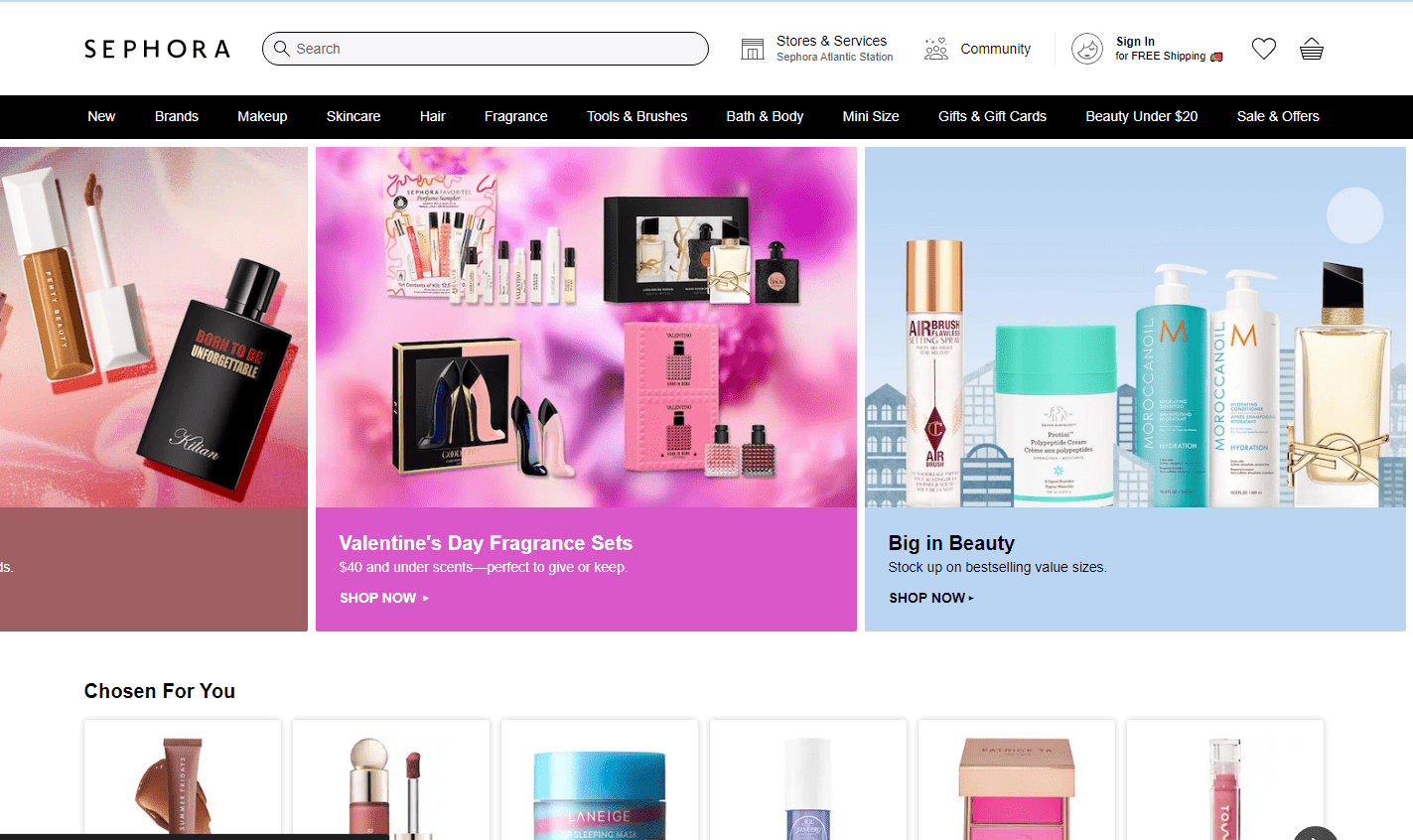
One shining example of retail beauty sector customer retention is Sephora’s Beauty Insider program. Members of the program get exclusive advantages including birthday presents, product samples, and cosmetic advice.
Essential Techniques:
- Offering members-only events and early sales access will help to establish exclusive access.
- Giving physical prizes that improve the brand’s customer experience will help to tangibly reward them.
- Engagement Beyond Purchase: Providing tutorials and beauty seminars to strengthen the clientele.
Sephora’s program helps customers to be unique and brand linked.
Example 4: Netflix’s Content Customization
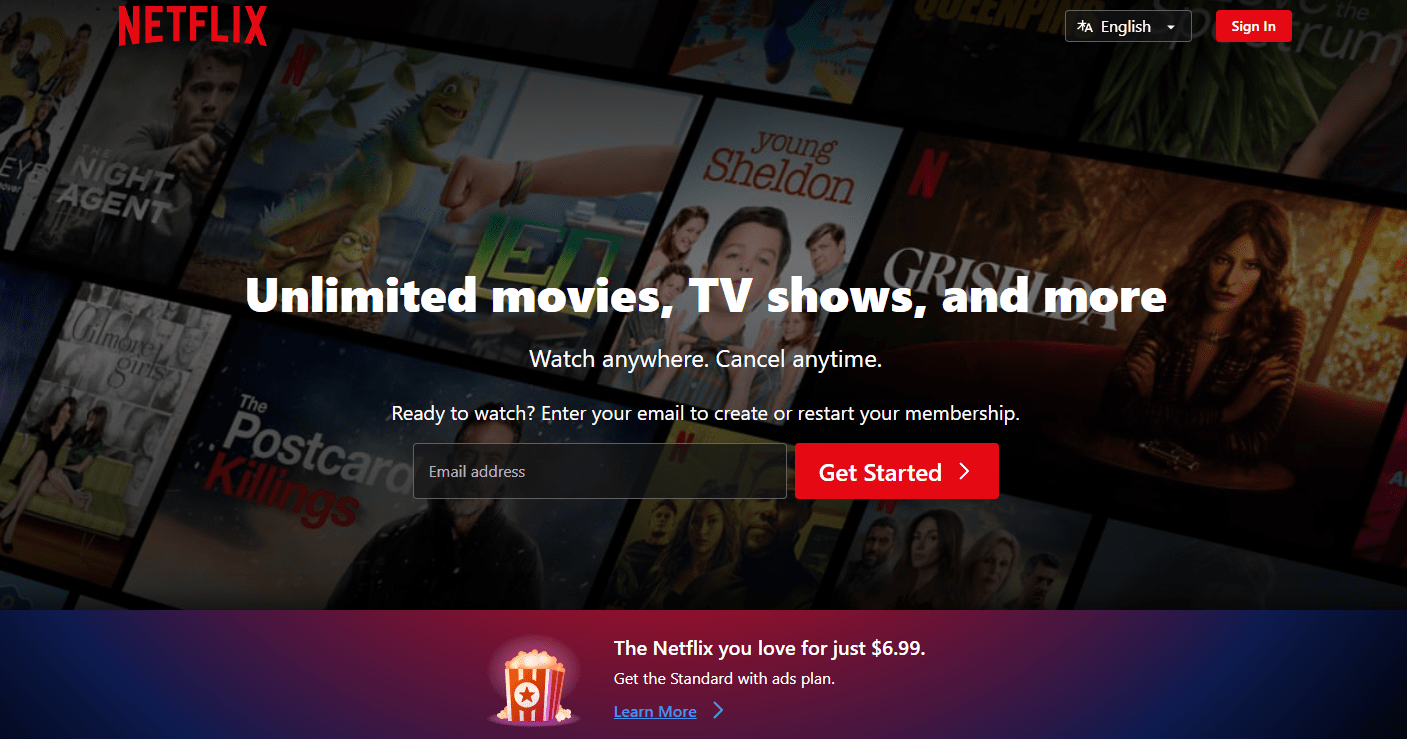
Customized content curation keeps Netflix’s customers. To keep customers interested and subscribed, the streaming service recommends movies and series depending on personal viewing behavior using complex algorithms.
Principal Strategies:
- Customized recommendations: content suggested by data analytics.
- Original Content: Making movie and television investments in exclusives.
- Constant improvement of the app interface for simplicity of use is the user experience.
The relevant content of Netflix keeps users interested and helps to lower subscription cancelation.
Example 5: Apple’s Ecosystem Integration

Apple’s integrated ecosystem of goods and services determines their approach of customer retention. Because of the smooth integration and common ecosystem, once a customer owns an Apple product they are more inclined to acquire other products.
Main Strategies:
- Ensuring that every Apple product interacts perfectly will help to build cross-products.
- Offering services including Apple TV+, Apple Music, and iCloud, Apple has
- Establishing a strong brand identification that appeals to customers requires brand loyalty.
This strategy not only motivates more buying but also makes one feel part of the Apple community.
Example 6: Zappos’ Exceptional Customer Service
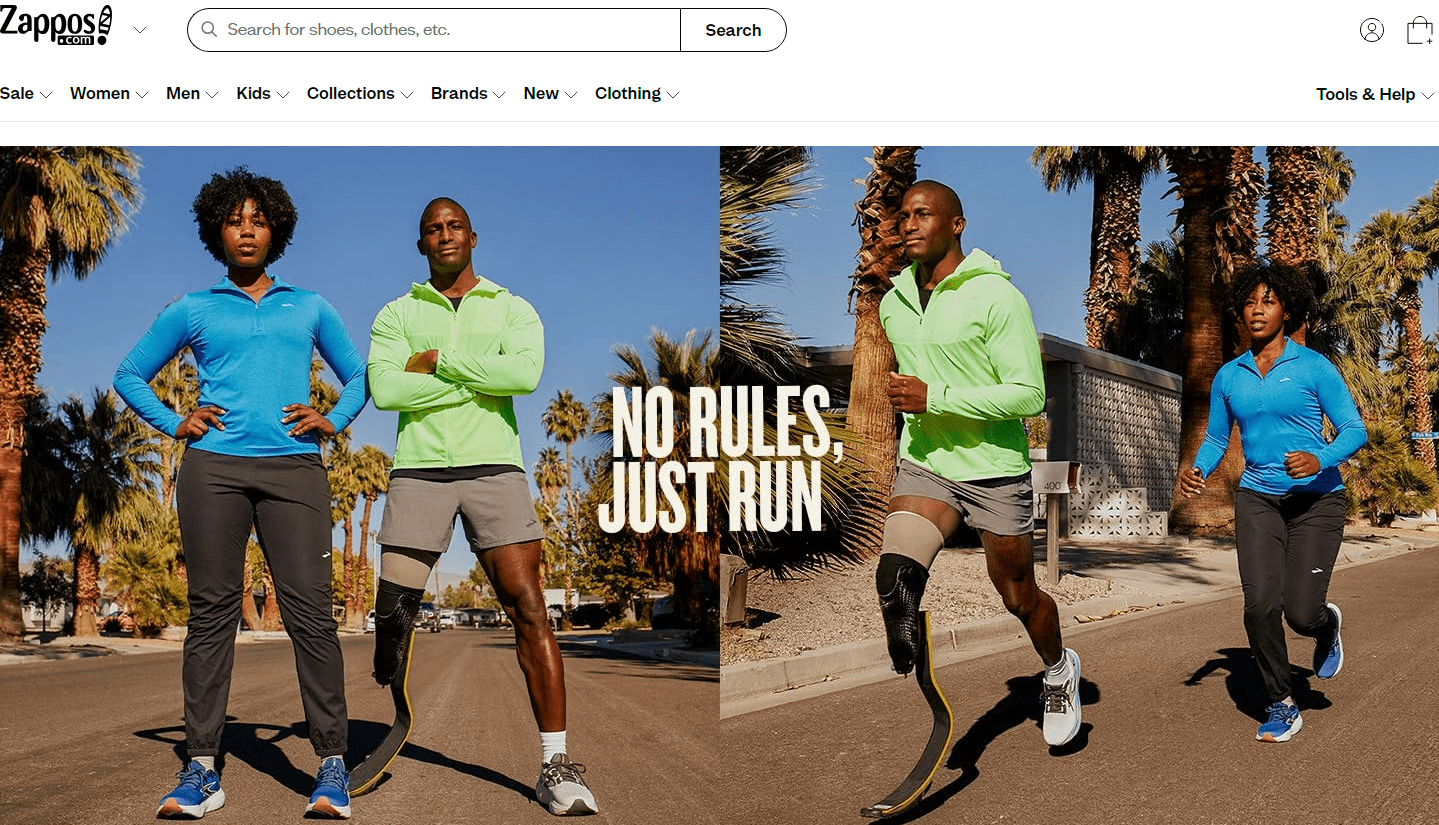
Customer service is well-known at online shoe and clothing company Zappos. Zappos surpasses customer expectations, hence fostering loyalty and repeat business.
Principal Strategies:
- Providing a flexible and worry-free return policy, 365-Day Return Policy is
- Excellent, round-the-clock client assistance is offered.
- Customer Involvement: Emphasizing relationships above mere product sales.
Zappos is well-known for its excellent customer retention rates thanks in great part to this client-centric strategy.
Example 7: LinkedIn’s Premium Networking Features

By providing Premium subscription tools that appeal to professionals seeking industry information, networking, and employment prospects, LinkedIn keeps members.
Essential Techniques:
- Features such InMail, sophisticated search, and discover who saw your profile give exclusive access.
- Regular upgrading and adding fresh features to the Premium subscriptions help to improve them.
- Professional Development: LinkedIn Learning allows one to provide courses and certificates.
LinkedIn maintains its users interested and registered to its Premium services by attending to professional needs.
Example 8: HubSpot’s Inbound Marketing Resources
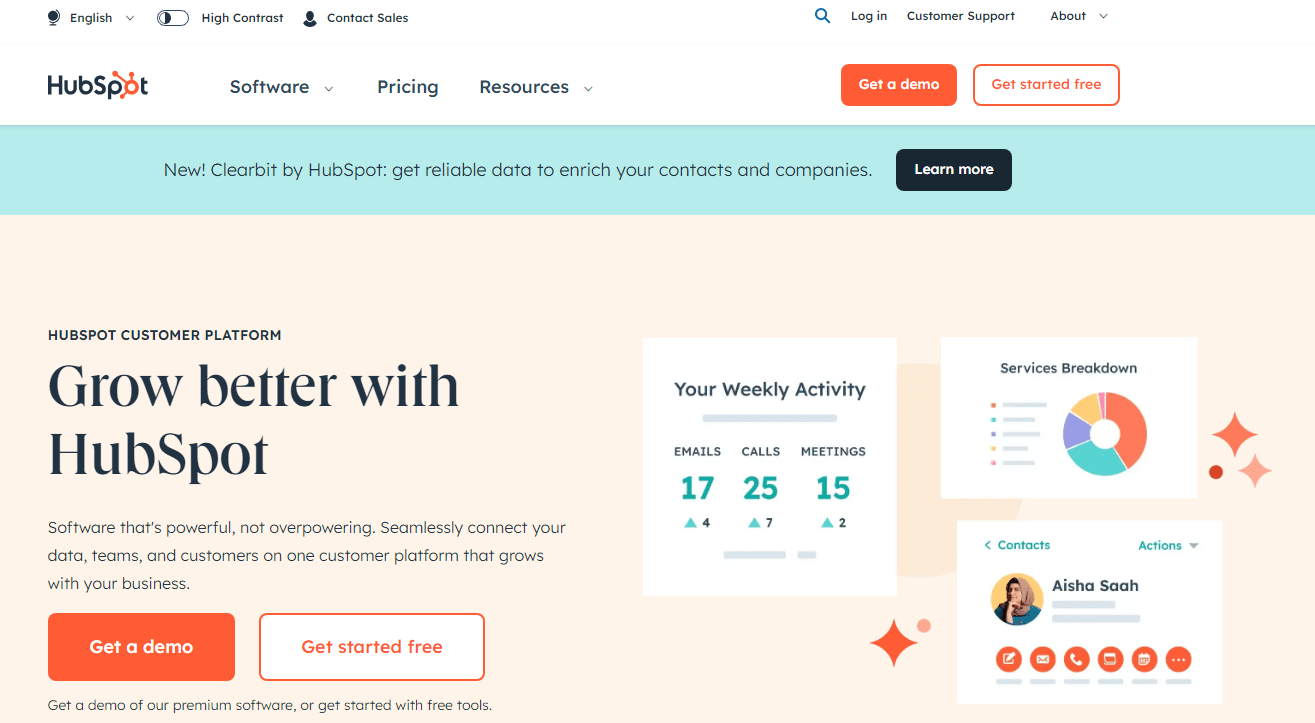
HubSpot’s commercial CRM system combined with its abundance of free inbound marketing tools and resources helps them to keep clients.
Key Strategies:
- Providing wide-ranging materials including blogs, webinars, and manuals adds value.
- Free Tools: Offering free marketing instruments in line with HubSpot’s paying products.
- Establishing a community of inbound marketers via events and forums helps to build this.
HubSpot’s method teaches and empowers its customers, hence promoting long-term use of its offerings.
Example 9: IKEA’s Cost-Effective Home Solutions
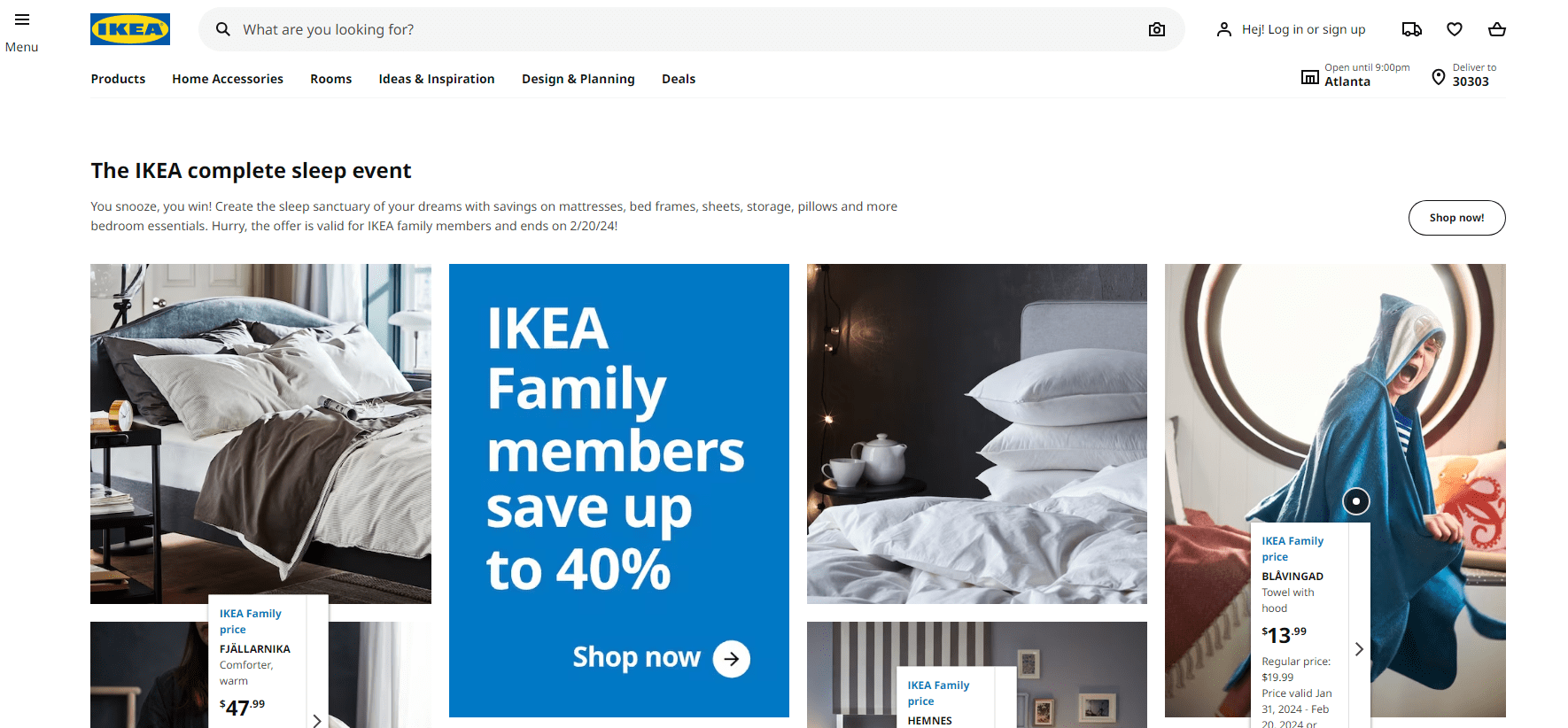
By providing reasonably priced, high-quality home goods along with a fun shopping experience, IKEA has perfected client retention. Along with a distinctive shop design, IKEA’s emphasis on reasonably priced solutions motivates return business and purchases.
Essential Techniques:
- Affordable Quality: Offering reasonably priced, well-crafted, useful products.
- Layout a showroom to inspire customers to view various products based on store experience.
- Dedicating yourself to sustainability will appeal to customers who care about the surroundings.
IKEA’s strategy not only establishes it as a go-to for home furnishing needs but also creates a devoted clientele that values sustainability and economy.
Example 10: Spotify’s Personalized Music Experience
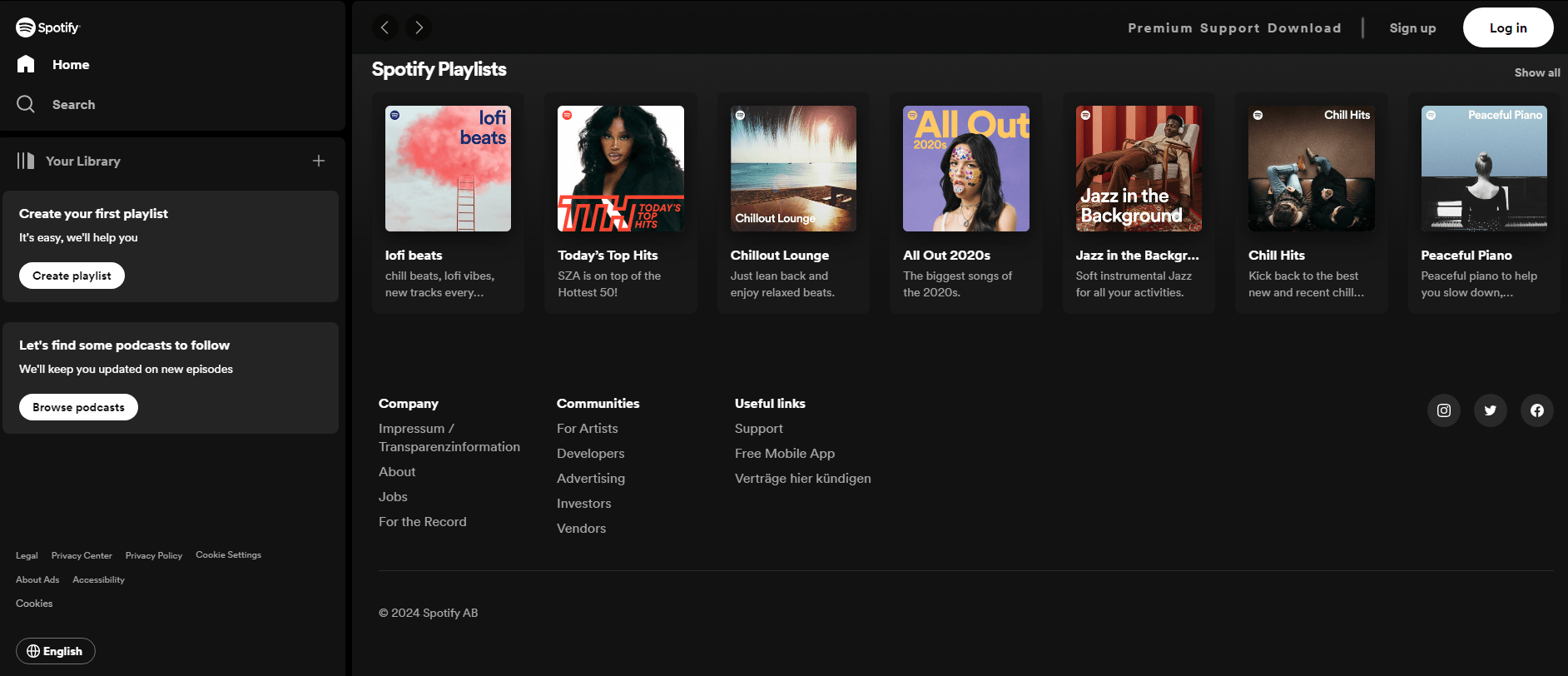
Spotify’s customized music streaming keeps consumers rather happy. Personalized playlists and song recommendations let Spotify interact with customers and subscribers.
Principal Strategies:
- Making custom playlists such as “Discover Weekly” tailored to the user’s interest in music helps
- Encouragement of user engagement using tools like compiling and distributing playlists helps to engage them.
- Diverse Music Library: Providing a large selection of podcasts and music to suit every inclination.
The tailored strategy of Spotify guarantees that users always value their service, therefore encouraging long-term devotion.
Example 11: Adobe’s Creative Cloud Subscription Model
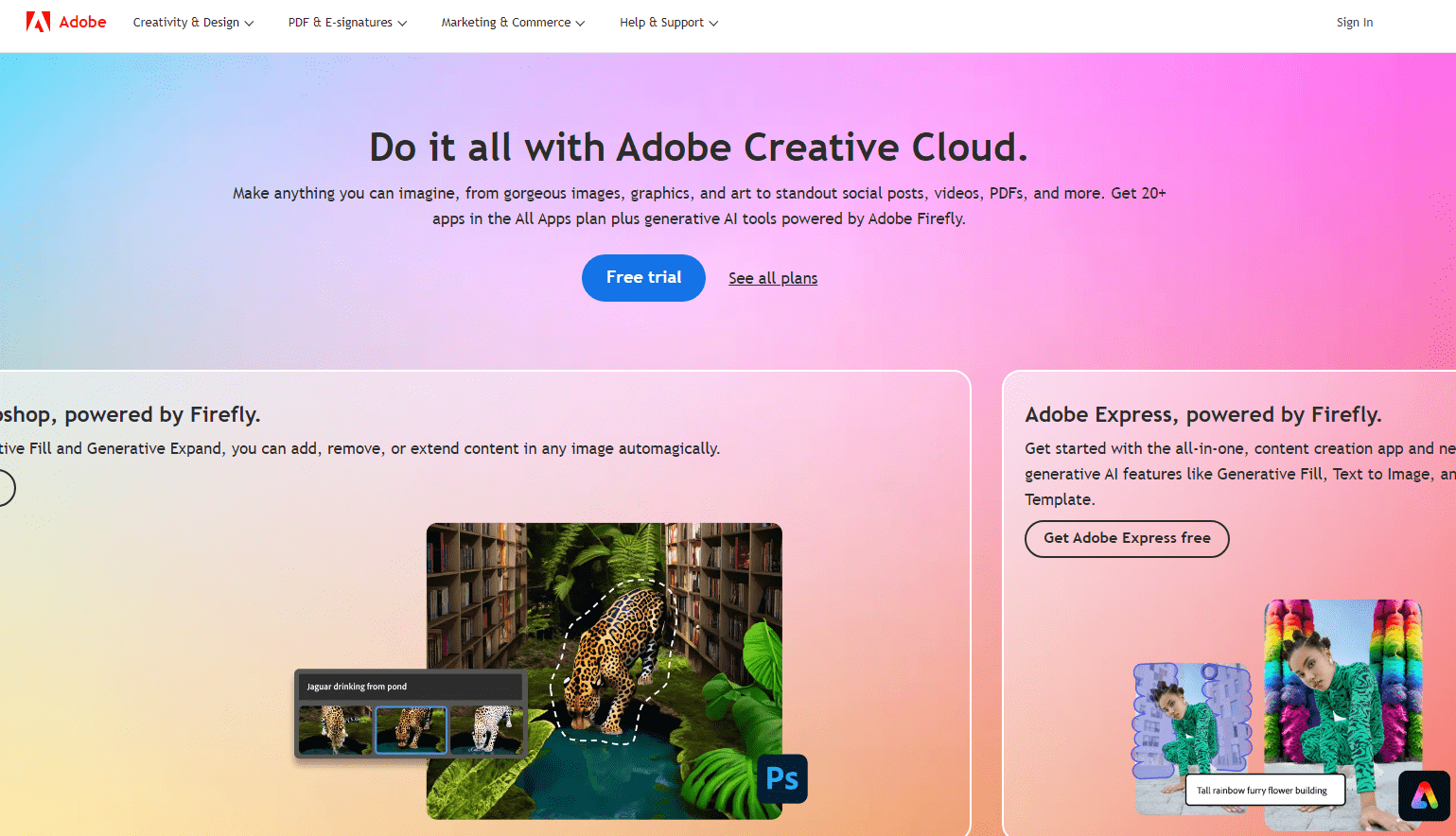
With its Creative Cloud package, Adobe has effectively moved to a subscription-based approach. Constant updates and cloud storage this strategy offers help to keep customers interested and lower turnover.
Important Strategies:
- Offering the subscription the most recent software upgrades and features will help.
- Including cloud storage for simple access and teamwork helps with integration.
- Providing several subscription options catered to different customer requirements helps to show flexibility.
The subscription model of Adobe stresses constant value and ease of use, therefore guaranteeing a consistent and satisfied customer base.
Example 12: Nike’s Brand and Quality Assurance
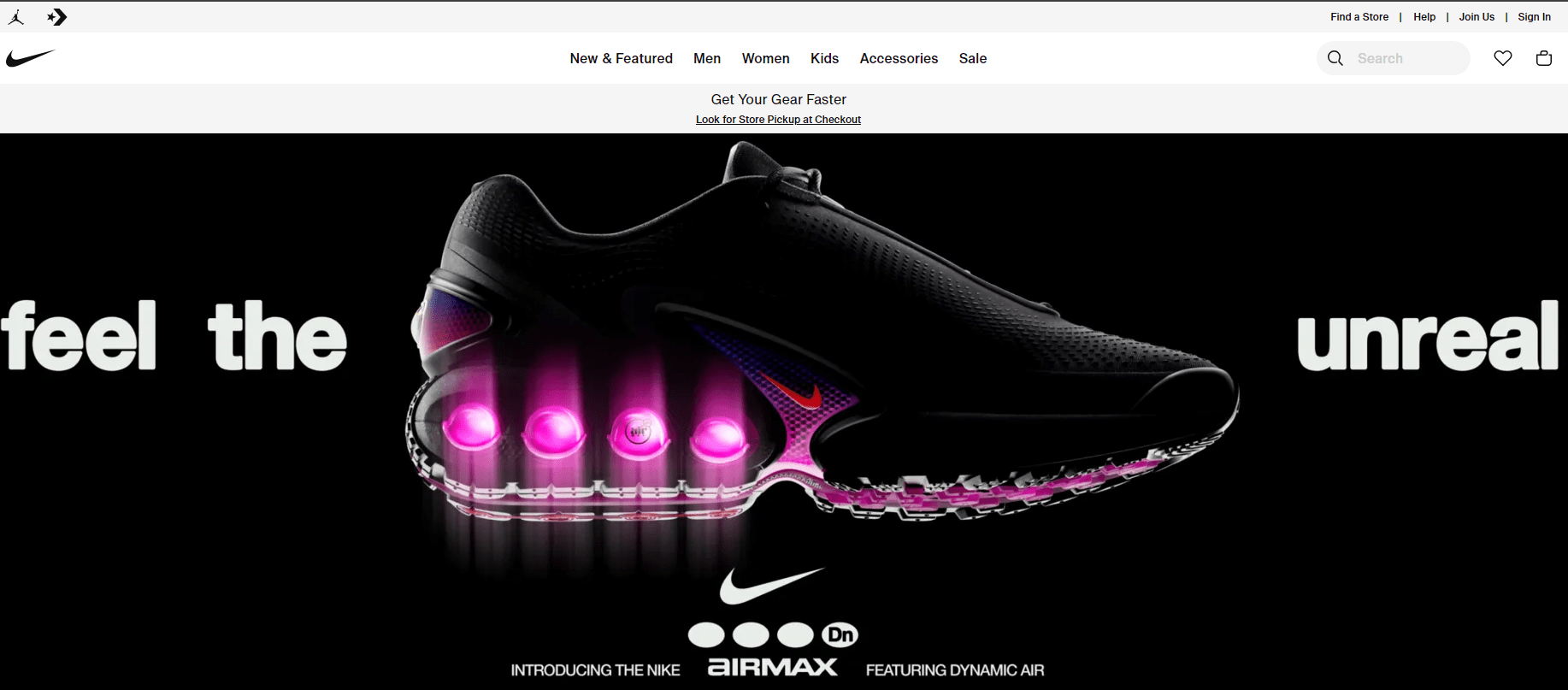
Nike’s devotion to quality and great brand recognition help it to keep consumers. Nike’s mix of cutting-edge designs and powerful marketing initiatives has drawn a devoted fanbase.
Key Strategies:
- Using its brand, one might inspire aspiration and belonging by means of identification.
- Product innovation is always bringing fresh, better apparel and technology.
- Marketing campaigns: Reaching its target market with powerful advertising and well-known sportsmen.
Nike’s emphasis on product quality and brand strength helps its customers to develop trust and loyalty.
These several IKEA, Spotify, Adobe, and Nike cases provide insightful lessons about consumer retention. By giving customer demands top priority, providing constant value, and forging a strong brand connection, every brand—in its own right—has managed to develop a devoted client following. These techniques inspire companies trying to improve their customer retention initiatives since they show how much long-term success and development depend on a thorough awareness of your clients and their wants.
Implementing Customer Retention in Your Business
In the corporate climate of today, customer retention ranks just as vital as acquisition. Good retention techniques help one to succeed and thrive. This page offers ideas and actions to include customer retention into your business strategy.
Strategy Adaptation
Your company model requires you to adapt strategy. First of all, be aware of your particular clientele and requirements. Your strategy should be customized depending on market research and client comments.
- Personalization: Tailor the client encounter. Provide tailored advice, goods, or services using client information.
- Always offer outstanding client assistance. Guide your employees toward empathy, responsiveness, and problem-solving.
- Engagement: Keep up frequent correspondence. Using newsletters, social media, and other channels, keep customers considering your brand.
- Programming for Loyalty: Establish a reward scheme for returning customers. Give devoted consumers discounts, unique incentives, or exclusive materials.
- Install mechanisms to routinely gather and evaluate client comments. Make decisions and improvements guided by this information.
Changing these tactics calls for a strong awareness of your company goals and client expectations. Review and modify these ideas often depending on performance criteria and comments.
Implementation Tips
Using client retention techniques calls both meticulous strategy and execution. Here are some pointers:
- Start Small: As you find what works for your company, expand from one or two fundamental strategies.
- Use technology to grasp customer preferences and behavior by means of data analytics and CRM solutions.
- Make sure your staff is trained in pertinent skills and techniques and that they value customer retention.
- Measure Performance: Create explicit KPIs to gauge how well your retention plans work. Track indicators including customer satisfaction ratings, repeat purchase frequency, and lifetime value.
- Strengthen retention strategy by iteratively and improving using customer input and market trends.
Using customer retention techniques in your company is not a one-time chore; rather, it is a continuous process of knowing your clients and changing with their demands. Personalizing the customer experience, offering first-rate service, frequent engagement, rewarding loyalty, and creation of feedback loops help to build client retention. Start small, use the right tools, coach your staff, track your development, and be ready to iterate and get better to apply effectively. These guidelines can help you convert casual consumers into brand devoted champions.
Measuring the Success of Customer Retention Efforts
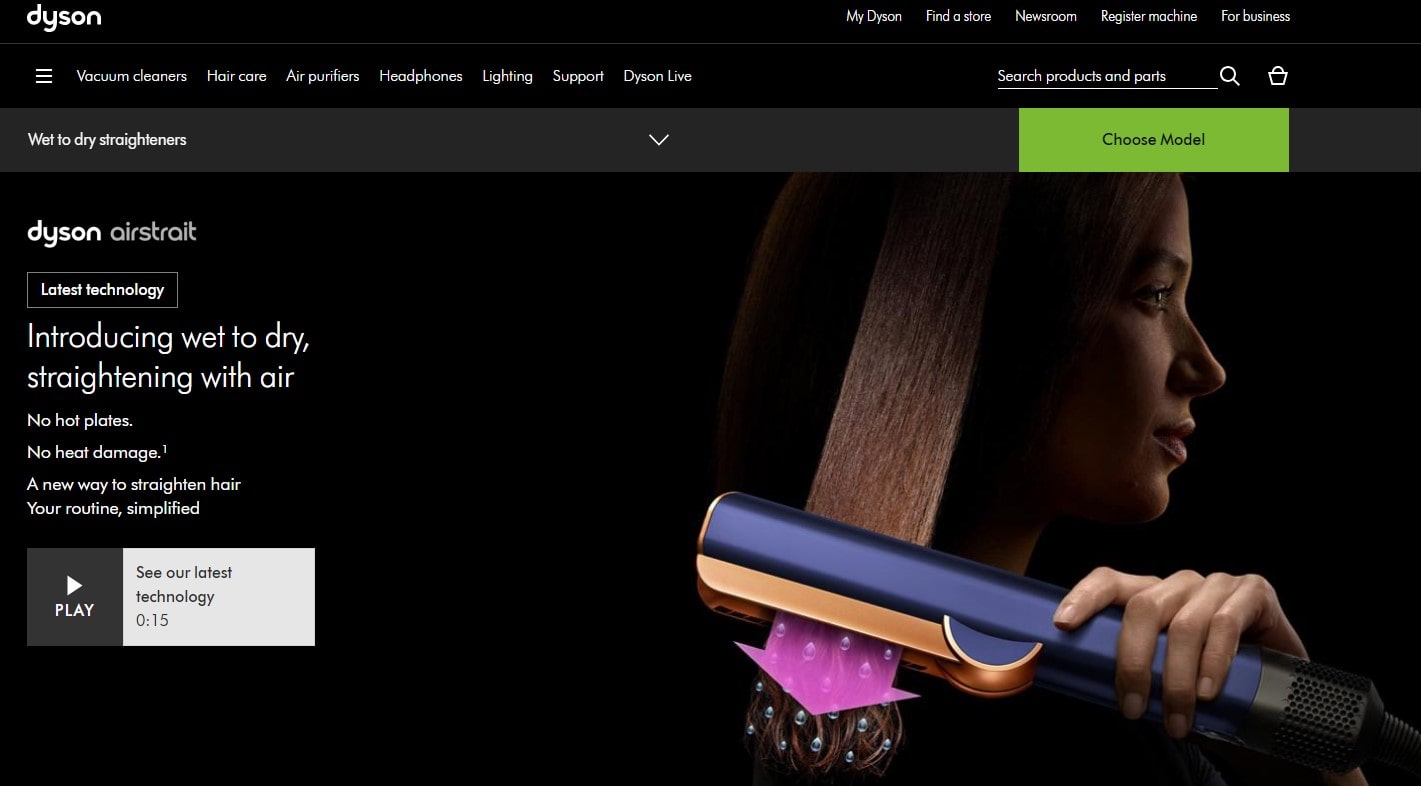
Understanding their efficacy and making informed decisions depend on knowing how well your client retention plans work, hence evaluating their success is absolutely vital. The main benchmarks and techniques for gauging your efforts at customer retention are covered in this part.
Important Indices:
- Customer retention rate is this percentage over time. Calculate it by dividing the end of a period’s customer count by the beginning’s count less newly acquired new customers.
- The other side of retention, churn rate shows the proportion of clients you have lost. Calculated as the number of lost customers divided by the starting period’s total count.
- Value to Customer Lifetime (CLV): This projects one customer’s worth to a company. A greater CLV points to effective retention initiatives.
- Customer return frequency to make another purchase is known as repeat buy rate. High rates indicate good retention.
- NPS, net promoter score: This tests loyalty and customer happiness. It comes from finding out via customer recommendations how probable they are of referring your company.
Examining the evidence:
- Track these measures often to spot trends and patterns.
- To evaluate the effect of particular retention techniques, compare measures over several timeframes.
- For a whole picture of retention initiatives, combine client comments with statistical data.
Changing Approaches depending on Results:
- If some benchmarks fall short, look into and fix the fundamental issues.
- Refine your strategy to retention using client comments.
- Watch and adjust plans constantly for best results.
Evaluating client retention techniques requires knowing what those figures mean in relation to your company objectives and customer pleasure, not only about counting numbers. Frequent tracking of important benchmarks including retention rate, churn rate, CLV, repeat purchase rate, and NPS offers insightful analysis. Refine and improve your retention techniques using this information so they match the changing demands and expectations of your customers. Effective measurement is a habit that maintains client loyalty by itself.
In conclusion
The knowledge and techniques we have covered are only the tip of the iceberg in the road of developing client relationships. Customer retention is a dynamic and always changing art that calls both ongoing innovation and adaptability. Knowing and using these strategies helps companies to keep and convert customers into brand champions. Remember, every client you kept is evidence of the value and dedication of your brand. See previous Plerdy blog entries for more ideas and innovative approaches on improving your online profile. Furthermore, if you want to improve the performance and user experience of your website, think about using Plerdy’s all-around analytics tools first. With Plerdy, where we convert facts into useful insights, keep ahead in the game.
